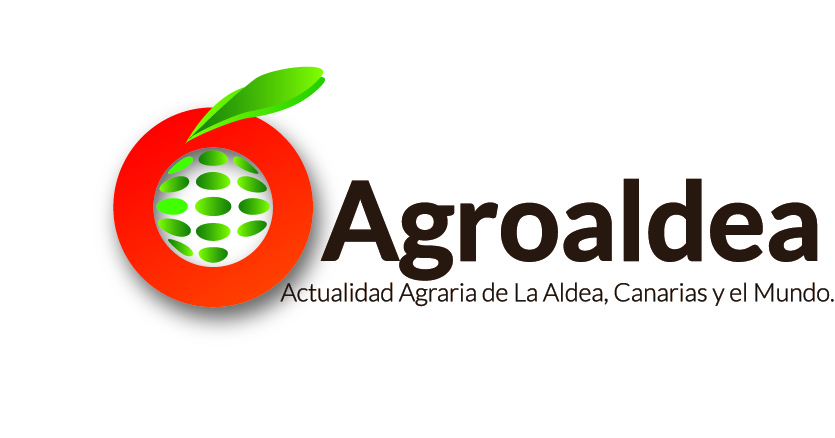 The plant pilot of the Institute Spanish of Oceonagrafia in the Canary Islands has obtained the first specimens, and they can repopulate this threatened species.
The plant pilot of the Institute Spanish of Oceonagrafia in the Canary Islands has obtained the first specimens, and they can repopulate this threatened species.
Result of the research in the line of diversification of marine species developed in the pilot plant of marine crops of the Oceanographic Center of the IEO Canarias, they have recently obtained, Naturally, the first specimens of grouper (Epinephelus marginatus) born in captivity in the Canary Islands.
Research shows that despite the difficulties, the mere, species included in the list of threatened species, You can get in captivity, thus opening a path for recovery and restocking of natural populations and contributing to the reinforcement of the protection and conservation measures currently adopted for this species.
Research in the cultivation of the grouper was initiated with a double objective: diversifying cultivated marine species of commercial interest and offer solutions through aquaculture sustainability problems presenting wild halibut populations subjected to pressure and effort.
The experiences developed in the pilot plant of marine crops of the Oceanographic Center of the Canary Islands began with the capture of wild specimens for the formation of a stock of players.
The copies, After adapting to the conditions of captivity, they have successfully bred naturally without the help of hormone therapies.
The reproductive biology of grouper in culture conditions constitutes one of the major handicaps, due to the long duration of time required for the species to mature sexually and invest their sex.
The first broadcasts of eggs of grouper in captivity were recorded in the year 2009 Although these were not fertilized probably due to the absence of males in the Group.
Obtained implementations in 2013 they were the first to show fertilized eggs of approximately 1 mm in diameter which hatched larvae of 2,9 size mm.
During the period of implementation of 2014, the larvae obtained have been grown in large volume tanks, using Larval feeding techniques developed for other species grown in facilities such as the bocinegro (Pagrus pagrus) and Japanese amberjack (Seriola dumerili).
Are currently mere youth of 55 days of age with 1 g and over 4 weight and height cm, respectively.
The grouper farming can even be experimental, but the experience developed in the pilot plant of Seafarm is hopeful.

